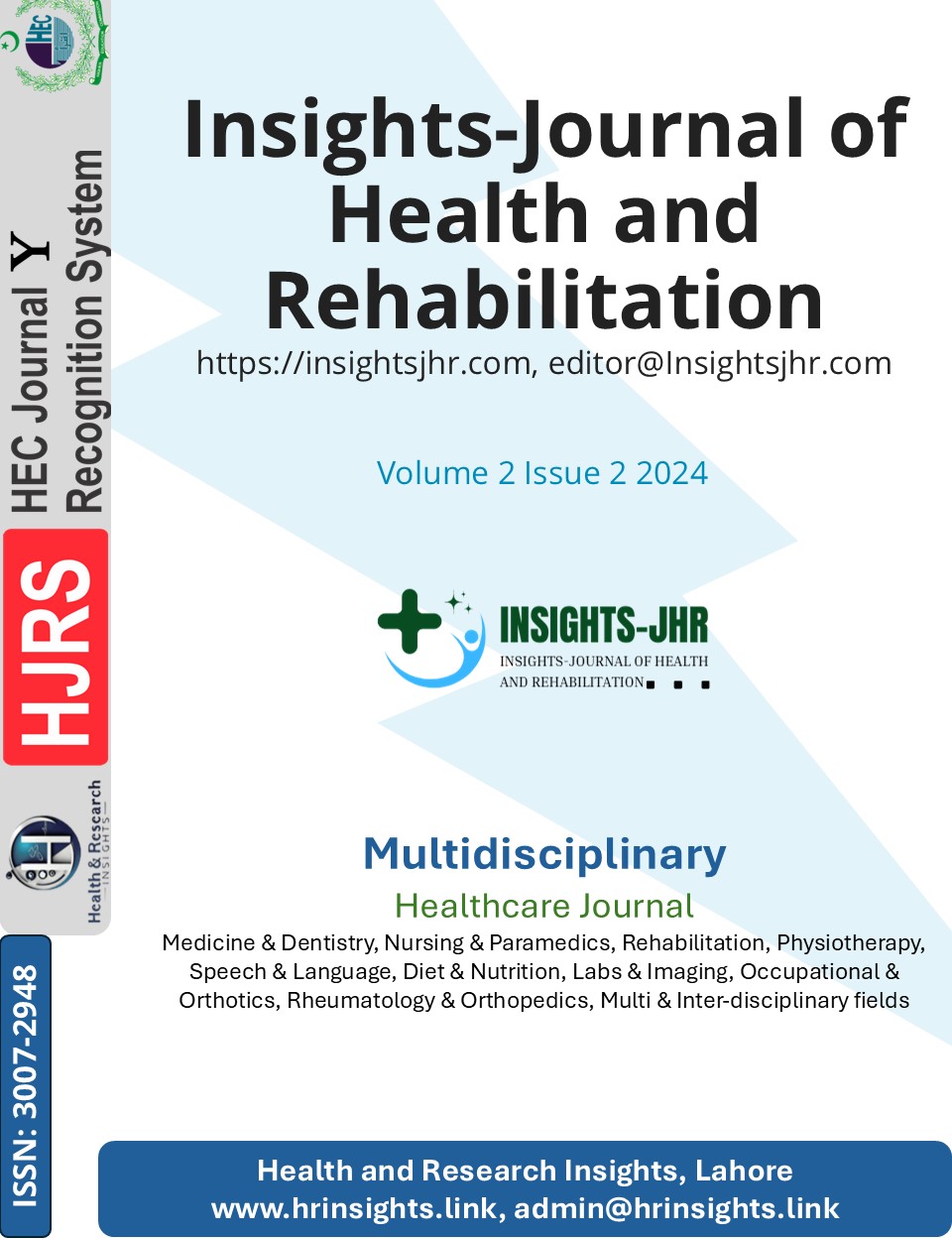A COMPARATIVE STUDY OF EXTRACTION AND QUANTIFICATION METHODS OF PROTEIN ISOLATED FROM BEANS
DOI:
https://doi.org/10.71000/ijhr113Keywords:
Analytical Techniques, Beans, Bradford Assay, Environmental Impact, Plant-derived Proteins, Protein Extraction, SDS-PAGEAbstract
Background: Beans serve as a significant source of protein, minerals, and plant-derived micronutrients, holding social and economic importance. Their consumption is linked to numerous health benefits, including reducing the risk of cardiovascular disease, obesity, and diabetes. Plant-based proteins are also environmentally advantageous, as their production requires fewer natural resources and results in a smaller carbon footprint than animal-derived proteins. This study explores protein extraction methods from beans and assesses analytical techniques for protein quantification.
Objective: To examine various protein extraction and quantification techniques from beans, focusing on four primary analytical methods: SDS-PAGE, Bradford, Lowry, and spectrophotometry.
Methods: Proteins were extracted from bean samples using standardized cell disruption, solubilization, enrichment, and digestion techniques. Four analytical methods were then applied to quantify the proteins: SDS-PAGE (for molecular weight separation), Bradford (dye-binding assay), Lowry (colorimetric assay), and spectrophotometry (UV absorption at 280 nm). Each method’s precision, sensitivity, and compatibility with bean protein extracts were evaluated.
Results: SDS-PAGE effectively separated proteins in the 5-250 kDa range with a 95% consistency in molecular weight determination. The Bradford method detected protein concentrations as low as 1 µg/mL, while the Lowry method demonstrated a 10-fold sensitivity increase over spectrophotometry, which was limited by UV interference. Both Bradford and Lowry were modified for specific protein compositions, with Bradford showing less interference.
Conclusion: The Bradford method demonstrated the greatest adaptability and minimal interference in bean protein quantification, whereas SDS-PAGE proved optimal for protein fraction analysis. These findings suggest the continued development of extraction and quantification techniques to meet the increasing demand for plant-based proteins.
Downloads
Published
Issue
Section
License
Copyright (c) 2024 Saliha Khalid, Drakhshaan, Alaa Ghaleb Alsawwa, Md Kamrul Islam, Khizra Hashmat, Ahmad Ibne Yousaf, Abu Baker Sidiq, Muhammad Sikandar Subhani (Author)

This work is licensed under a Creative Commons Attribution-NonCommercial-NoDerivatives 4.0 International License.







